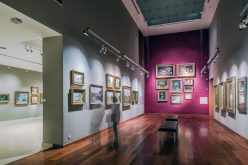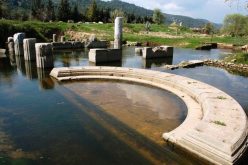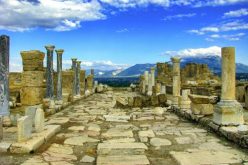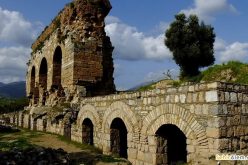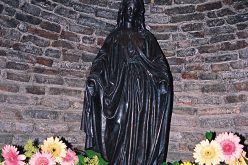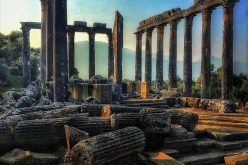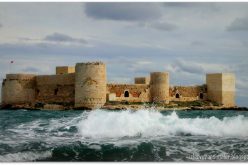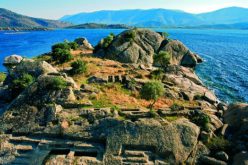Patara
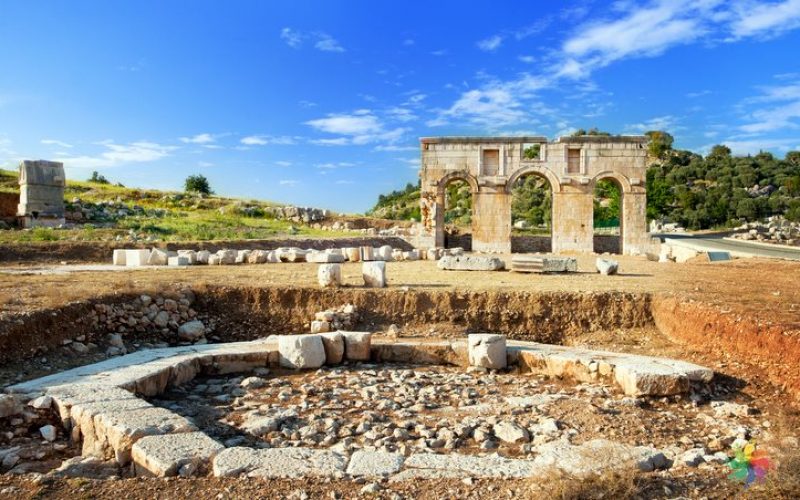
Patara
Patara (Patar in Hittite language, Pttara in Lycian language) is located near the Gelemis village in Antalya province on the southwestern coast of Turkey. Patara, an ancient Lycian harbor city, can be dated back to the 8th century B.C. It is said that the city was founded by Patarus, a son of Apollo. In ancient times, the Xanthus River flowed through Patara, where was the only entrance to the Xanthos valley. Thus Patara became a very important harbor city and flourished because of trade throughout history.
In 333 B.C., the city of Patara was captured by Alexander the Great. During the Wars of Alexander’s successors (322-275 BC), the city was occupied by Antigonus and then by Demetrius. Finally it fell to the Ptolemies of Egypt. Ptolemy Philadelphus of Egypt named the city Arsinoe (Arsinoë) after Arsinoe II of Egypt, who was his wife and sister. However the name of the city was continued to be Patara. In 196 B.C., Antiochus III took Patara. The city with the rest of Lycia was granted its freedom as a Roman ally in 167 B.C. In 88 B.C., Mithridates IV, king of Pontus, besieged Patara, and the city was captured by Brutus and Cassius during their campaign against Mark Antony and Augustus. In 43 A.D., city was annexed to the province of Pamphylia by the Roman Empire. The city was one of the six leading cities of ancient Lycia, along with Xanthos, Olympos, Pinara, Tlos and Myra. The council meetings were held in the parliament building in Patara. The city became the capital of Lycia and Pamphilia provinces. In Roman times, Patara was the major naval and trading port of Lycia. Grains were stored and shipped from the Port of Patara. In the Byzantine period, Patara became an important city for Christians. It is known that Patara was the birthplace of St. Nicholas (ca. 280-343), who lived in the town of Myra (Demre). (For further information about St. Nicolas, please visit the site of Myra.) During the wars between the Turks and the Byzantines, the city declined and was mostly abandoned. After the 16th century, the port of Patara began to be filled with blowing sand. Ships were not able to approach the dock and thus Patara lost its importance as a port.
The excavations of Patara were begun by Prof. Dr. Fahri Işık of Akdeniz University in 1988. At the end of 2007, all the sand had been taken out from the theatre and some other buildings, and the columns on the main street had been partially re-erected. Since 2009 the excavation projects of Patara have been carried out by the team of Turkish archaeologists under the supervision of Prof. Dr. Havva İşkan Işık of Akdeniz University. At the archaeological site, numerous ruins of the city of Patara can be seen including a theatre, built in the reign of Antoninus Pius, excavated in the northern side of a small hill; a temple on the side of the same hill; and a deep circular pit, of singular appearance, which may have been the seat of the oracle. Besides them, the town walls and several towers as well as a castle that commanded the harbor, have been preserved. On the outside of the walls, there are many stone sarcophagi, most of them bearing inscriptions. The harbor still can be seen, though it is in a wetland. A Roman triumphal arch of Mettius Modestus, built after the first century, is located 2 km away from Gelemiş. In 1991, the parliament building, constructed in the first century A.D., was discovered during the excavations carried out by the Archaeology Department of Akdeniz University. It was served as the parliament building of the Lycian League for 500 years. In 2010-2012, with the support of Turkish Grand National Assembly, the building was restored by the Archaeology Department of Akdeniz University along with a scientific restoration committee. In 1993, Stadiasmus Patarensis, a Roman milestone, was found in Patara. This monumental pillar is currently exhibited in the garden of the Antalya Museum. In 2016, a horse relief in the Achaemenid style, dated to the 5th century B.C., was discovered during the excavations by the archaeological team of Akdeniz University.
Related Articles
Write a Comment
Only registered users can comment.




